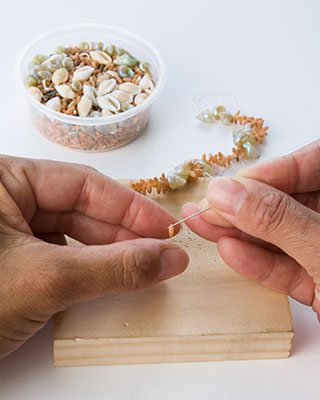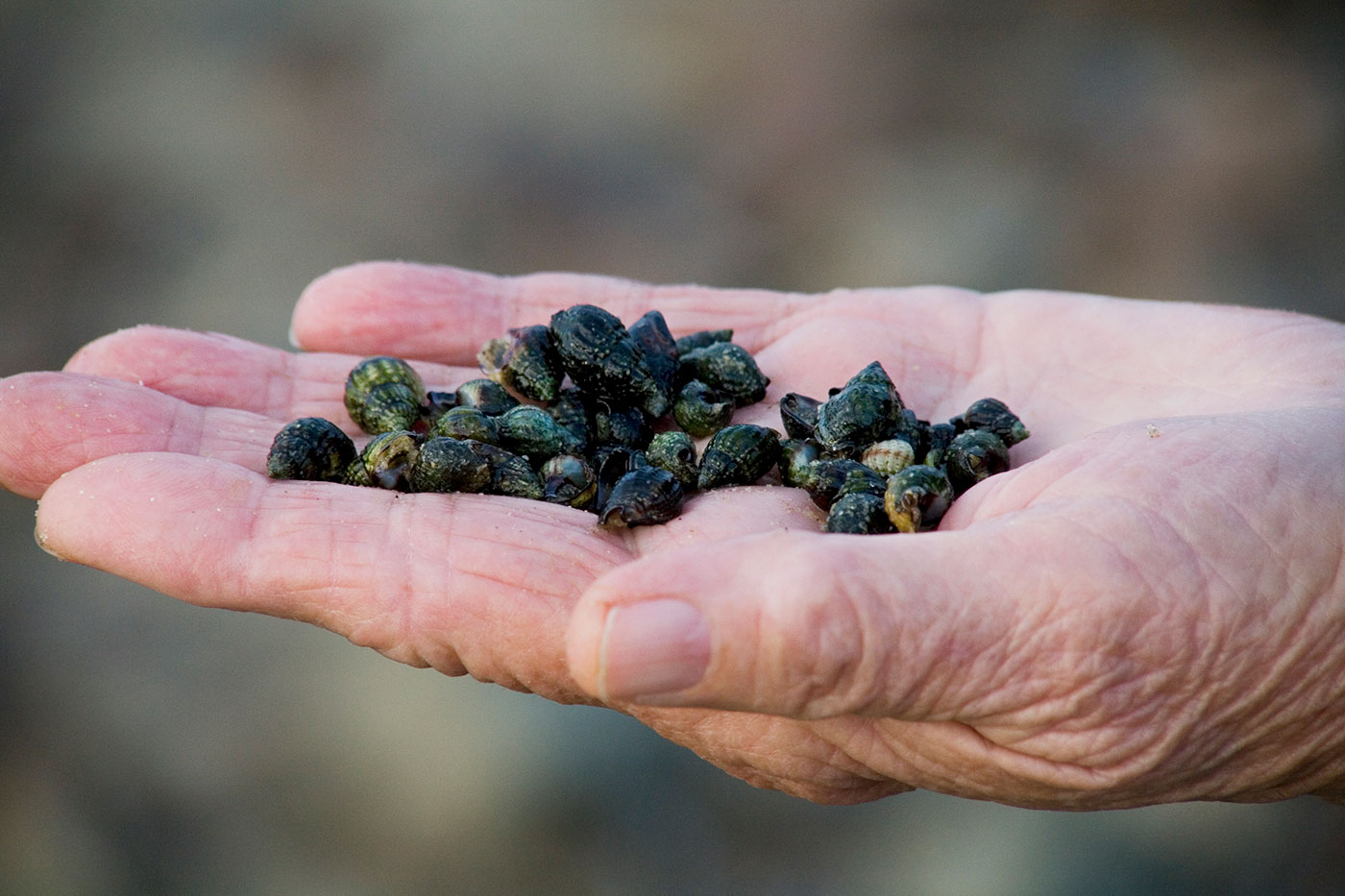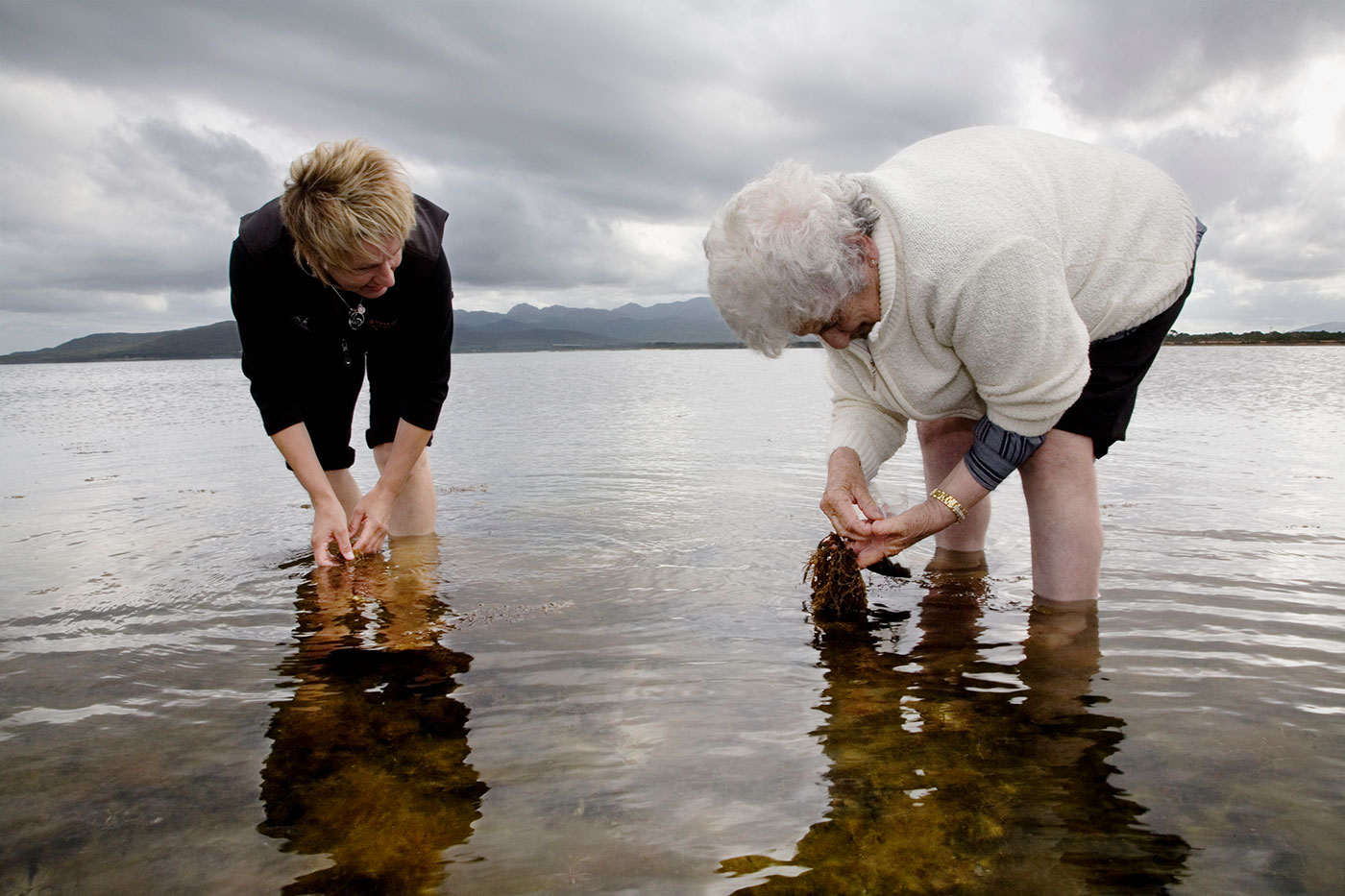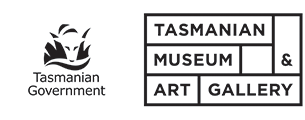kanalaritja: An Unbroken String celebrated the unique practice of Tasmanian Aboriginal shell stringing. This exhibition from the Tasmanian Museum and Art Gallery featured stunning shell necklaces created in the 1800s, alongside necklaces from acclaimed makers of today and a new wave of stringers who learnt the tradition at cultural renewal workshops.
kanalaritja was previously on show at the National Museum of Australia from 10 August to 3 October 2017.

Shell stringing is a celebration of culture and a symbol of identity – an unbroken string that connects the Tasmanian Aboriginal Community to Ancestors, culture and Country – far beyond living memory.
Pierced shells from Tasmania’s west coast have dated the tradition to at least 1800 years ago. Shell stringing is the Tasmanian Aboriginal Community’s longest continued cultural practice.
A small group of Pakana (Tasmanian Aborigines) on the Bass Strait Islands maintained shell stringing through the 20th century. It remains one of the Community’s most precious and closely guarded traditions.
Keeping culture alive
In 2010 concerns by senior stringers about the future of shelling sparked a collaborative cultural renewal project: luna tunapri (women’s knowledge).
The Tasmanian Museum and Art Gallery worked with the Tasmanian Aboriginal Community to organise luna tunapri workshops where women who had not had shell stringing passed down through their families were guided through collecting, cleaning and stringing.
These women were encouraged to look in their local areas for shell collecting beaches and to use the knowledge shared with them to develop their own distinctive shell stringing styles and new traditions.
The women wanted to share their journey, inspiring the creation of the exhibition kanalaritja: An Unbroken String.
For the first time shell necklaces made by Pakana Ancestors in the 1800s, the innovative necklaces of the women on Cape Barren Island during the 1970s and 1980s, acclaimed makers of today and the new wave of stringers who learnt through luna tunapri are displayed together – celebrating Tasmanian Aboriginal shell stringing practices past, present and future.
Pakana proudly continue this unique tradition and honour the fortitude of their Ancestors who ensured its survival. Read more on TMAG's kanalaritja website
Acknowledgements
You may also like



